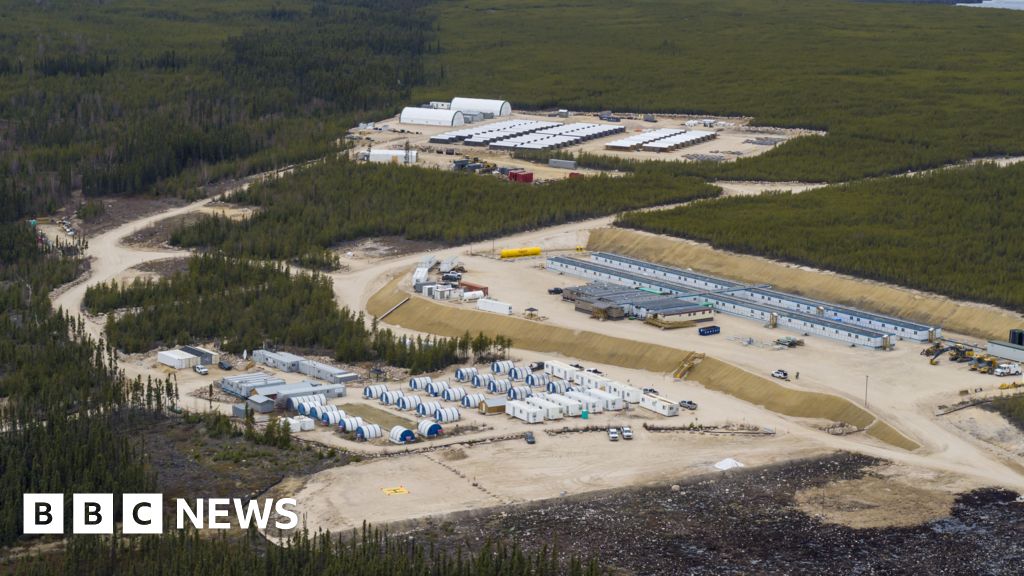NexGen, whose project is located in Canada’s remote, uranium-rich Athabasca Basin in northern Saskatchewan, is now worth nearly $4bn (£2.98bn), despite the fact that the mine won’t be commercially operational until at least 2028.
If fully cleared by regulators, NexGen’s project alone could push Canada to become the world’s largest producer of uranium over the coming decade, knocking Kazakhstan out of the number one spot.
Other companies have also rushed to Saskatchewan to capitalise on the boom, starting their own exploration projects in the region, while existing players re-opened dormant mines.
With its rich resources, Canada’s mining companies see the country playing a major role in the future of nuclear energy, meeting a demand for uranium that is poised to rise after nearly two dozen countries committed in COP28 climate conference to tripling their nuclear energy, external output by 2050.
Nuclear energy is often hailed for its low carbon emissions compared to other sources like natural gas or coal.
The World Nuclear Association estimates that 10% of power generated worldwide comes from nuclear sources, while more than 50% is still generated by gas or coal.
At this year’s COP29, the focus has been on ramping up funding for nuclear projects in the wake of a recent UN report indicating that current policies and investments fall short of what is needed to slow global temperature rise.
Canada’s role in supplying the commodity is made more urgent by Russia’s invasion of Ukraine, particularly for the US, which had relied heavily on Russian-supplied enriched uranium to fire up its commercial nuclear reactors.
Mr Curyer believes his mine could prove to be “absolutely critical” to America’s nuclear energy future, as the US is now hunting for alternatives to Russia, including by ramping up exploration on its own soil.
Uranium can be found around the world, though it is heavily present in Canada, Australia and Kazakhstan.
But what makes Canada’s Athabasca Region unique is that its uranium is especially high grade, said Markus Piro, a professor of nuclear engineering at McMaster University.
Canada has set strict rules for the sale of its uranium to other countries, Prof Piro said, and mandates it only be used for nuclear power generation.
The country is also referred to as a “tier-one nuclear nation”, he said, due to its capability to produce nuclear fuel from the mining to the manufacturing stage.
Once mined, uranium is milled to produce what is called calcined yellowcake, and then enriched, either at facilities in Canada or overseas, to create fuel for nuclear reactors.
“We’ve got a one-stop shop here in Canada, not every nation’s like that,” Prof Piro said.
Credit: Source link











